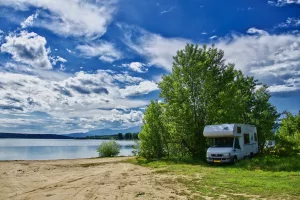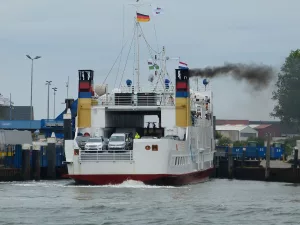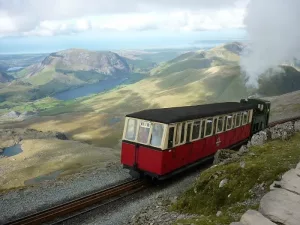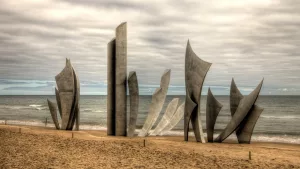Rules for Driving in the Netherlands
Are you planning on driving in Netherlands?
In our Dutch Driving Essentials report, we cover all the basics for driving your motorhome or campervan in the Netherlands. During out time in the Netherlands, we learnt a thing or two that’s for sure, so we are sharing all our tips, tricks and our own experiences of driving in the Netherlands. It was our first place of taking our motorhome abroad.
This handy Dutch travel guide will give you all the practical and essential information that you need to know before you go!
Go to our ‘Netherlands Travel Hub’ to understand everything about the Netherlands, from wild camping rules, what you need to have in place to take your pet and even what mobile sim card to use.
Driving In the Netherlands - Jump To...
Driving In the Netherlands - The Basic Rules
Here is our whistle stop tour of the basic road rules followed in the Netherlands:
- Drive on the right and overtake on the left. Give way to the right.
- For trams, usually over take on the right, although the left can be done if it is deemed safe to do so.
- Compulsory seatbelts are required front and back seats. The fine is 180 euros.
- Headlights always dipped for motorway driving – even in the daytime.
- A-frames not legal for towing in the Netherlands (as advised by the Dutch Department of Transport).
- Crash Helmets compulsory if you take a scooter/moped but not required for bicycles.
- Drink drive limits are lower than the UK – (other than Scotland). 50mg per 100ml of blood.
Netherlands Road Speed Limits in a motorhome
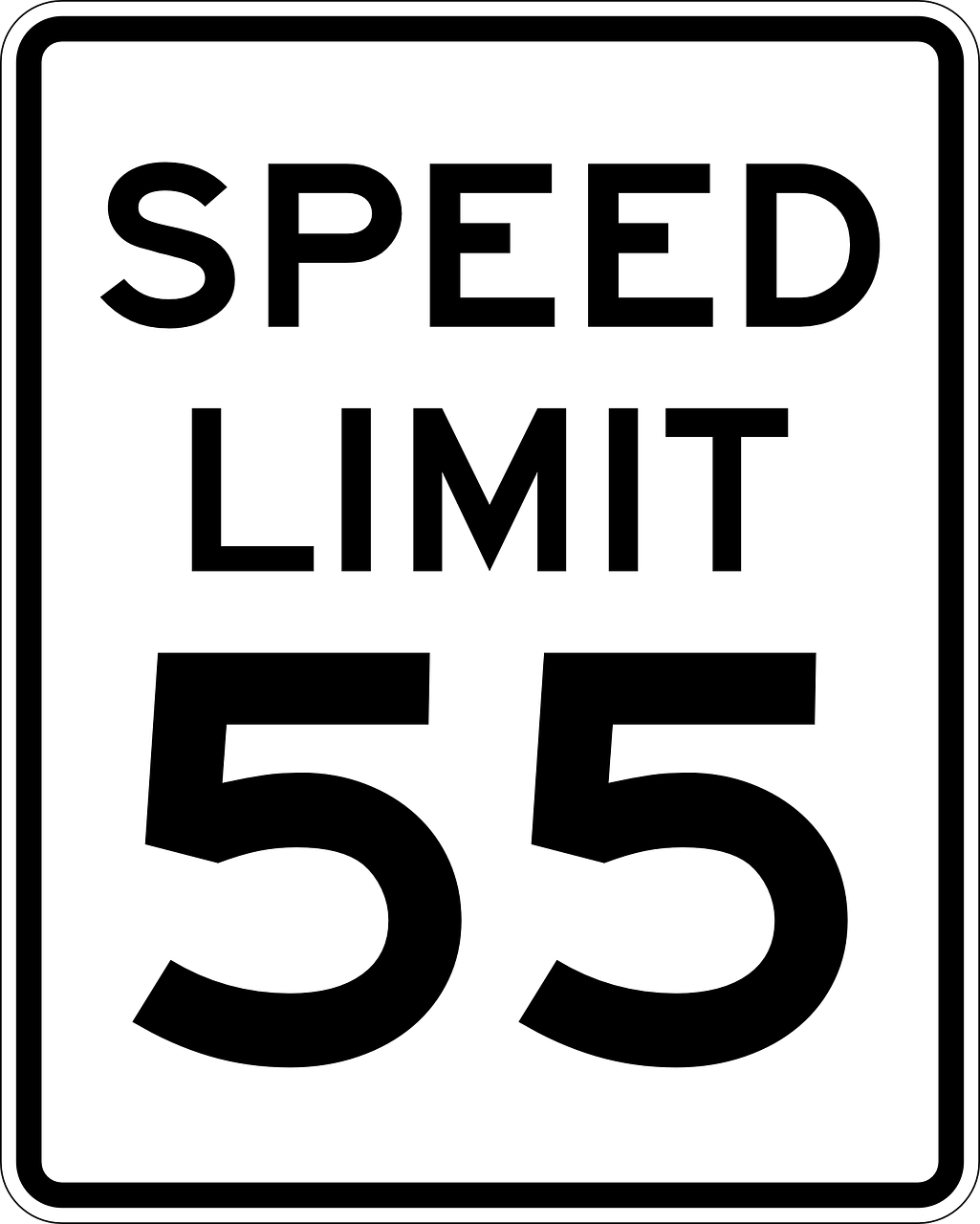
The driving speed for your motorhome under 3.5 tonnes are:
- Urban – 50km/h (30 mph)
- Minor roads – 80km/h (50 mph)
- Major roads – 100km/h (62 mph)
- Motorways – 100km/h (62 mph)
The driving speed for your motorhome over 3.5 tonnes are:
- Urban – 50km/h (30 mph)
- Minor and Major roads – 80km/h (50 mph)
- Motorways – 80 km/h (50 mph)
Essential Driving Requirements for the Netherlands
The following items are those which are either legally required (M) or advised (A) whilst driving in the Netherlands:
- Current passport (M)
- Valid Drivers Licence (M)
- Proof of Insurance (M)
- Registration documents for the motorhome or camper (M)
- UK number plate sticker (post Brexit rule) (M)
- Headlight beam converters (already fitted to the motorhome) (M)
- Reflective metal backed board to fix to bikes on the back (M)
- Reflective vest (for each person in the motorhome) (A)
- Warning triangle in case of breakdown or accident (A)
- First Aid Kit (A)
- Spare bulbs and fuse box (A)
Drink Driving Laws whilst driving in the Netherlands
The drink/driving limit for driving in the Netherlands is 50mg/100ml of blood. If you have only passed your test less than 5 years ago, the limit goes down to 20mg. 20mg is also the limit for moped riders up to the age of 24. If you are suspected of being under the influence, you can be asked to take a breath test. If you are caught up in a more serious offence you may be required to have a blood test to determine the level of achohol in the blood.
Driving in The Netherlands in the Winter
As in the United Kingdom, there are no winter tyre driving requirements when driving in the Netherlands in the winter. Snow chains are not allowed on public roads in the Netherlands and studded tyres are prohibited.
Speeding and Police Checks in the Netherlands
Speed Cameras: Speed cameras are widely used throughout the Netherlands. They can be fixed cameras that monitor speed on certain sections of the road or average speed checks over a longer distance.
Police Checks: The Dutch police have the authority to stop vehicles for random checks. These can include verifying the driver’s license and vehicle documents (registration and insurance), as well as checking for signs of impairment or other violations.
Fines: Fines from driving in the Netherlands are calculated based on the speed that you are caught at and the road you are driving on. So a fine of 194 euros would be given if you are caught speeding in a built up area going more than 20km over the limit. If you are going 20km over the limit on a motorway, the speed is 174 euros. If you are caught going more that 40km over the limit on a motorway (or 30km on any other road) you will face a suspension of driving and a fine too. That is actually between 19 and 25 mph faster than the limit).
Low Emission Zones in the Netherlands
The 15 Dutch municipalities that currently have an environmental zones are: Amsterdam, Arnhem, Breda, Delft, The Hague, Eindhoven, Haarlem, Leiden, Maastricht, Maasvlakte Rotterdam, Rijswijk, Rotterdam, ‘s-Hertogenbosch, Tilburg and Utrecht.
These zones generally restrict access for certain types of vehicles, such as trucks, coaches, and sometimes diesel-powered passenger cars and vans, based on their emissions standards. The specific restrictions and the types of vehicles affected vary by municipality, and it’s important to check the local regulations before you visit. For more detailed information, you can refer to the official website on low-emission zones in the Netherlands at milieuzones.nl.
The municipality of Haarlem has introduced the environmental zone for trucks as of January 1, 2022. In addition, the Euro VI zone Maasvlakte has been converted into an environmental zone Maasvlakte Rotterdam as of January 1, 2022.
Driving And Wild Camping in the Netherlands
In the Netherlands, wild camping with a motorhome is generally not allowed. The rules regarding camping outside designated areas are quite strict compared to some other countries. The fines if you are caught are up to 500 euros per person. This depends on which municipality you are in.
If you are going to wild camp and take the risk of fines, (obviously not our recommendation), look for places that are very remote. Avoid camping in sight of roads or houses etc and don’t get all your ‘camping gear’ out of the van.
As always, with wild camping, take care of your surroundings, clean up if necessary to leave the place cleaner than you found it, and above all, leave only foot prints.
Driving Phrases for Your Dutch Road Trip
Google Translate has to be the ‘Go To’ app for dealing with any language barriers in the Netherlands. Its such a good app to have on your mobile, especially with the camera option to translate for you. However, sometimes it is easy to have some useful phrases to hand, so these are our useful Netherlands driving phrases:
- My motorhome has broken down: Mijn camper is kapot gegaan
- Where is the nearest petrol station please?: Waar is het dichtstbijzijnde benzinestation alstublieft?
- Can you help me please? Kunt u mij alstublieft helpen>
- I am lost: Ik ben verdwaald
Having given you these phrases, if anything really bad happened and you needed help, the Dutch speak amazing English. People are incredibly precise with the English language in the Netherlands.
Our Final Thoughts on Driving in the Netherlands
Driving in the Netherlands is generally a pleasant experience due to the country’s well-maintained and clearly signposted road network. The Dutch landscape is predominantly flat, making for easy and comfortable driving conditions. Traffic rules are strictly enforced, contributing to a safe driving environment. It is a really good place to ‘cut your teeth on driving on the other side of the road’ because it doesn’t have the more aggressive driving of some of the other European countries.
Cyclists are very common. I highly recommend you spend some of your ‘driving in the Netherlands’ on a bicycle, but of course pay special attention to bike lanes and cyclists’ rights on the road. Coming from the UK, we really didn’t realise how ‘geared up’ for cycling the Netherlands would be. It can a unique aspect for drivers not used to sharing the road so extensively with bicycles.
All the traffic rules and regulations are clearly marked, and you are expected to follow them. Parking in cities can be challenging and expensive, but the country is well-equipped with park-and-ride facilities on the outskirts of major cities. That is how we got into most of the cities – by parking outside and using the wonderful cycling lanes to get in and explore. It really was a great way to explore.
Overall, driving in the Netherlands offers a smooth experience, with the added benefit of scenic views, especially of the countryside’s iconic windmills and tulip fields.
We hope you enjoyed this article and found it useful. If you found it useful, please do share with others using the share buttons below. If you think we have missed something – please do let us know. We read all our emails!


